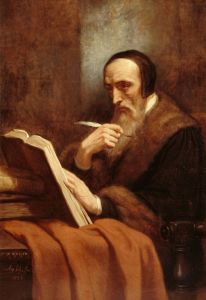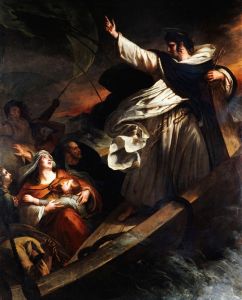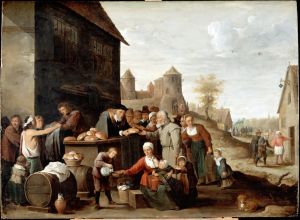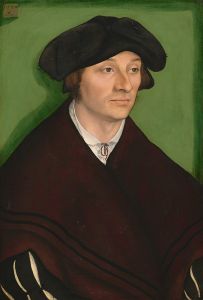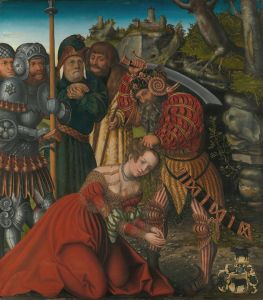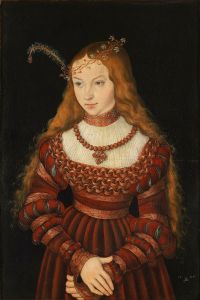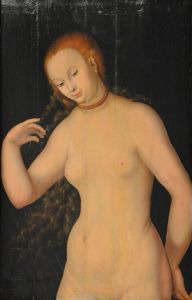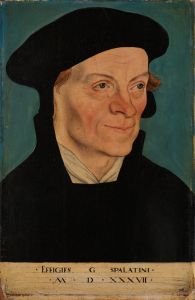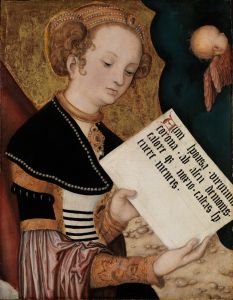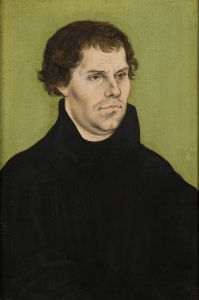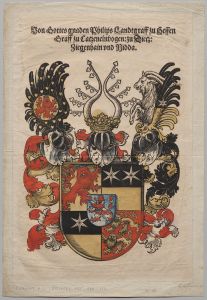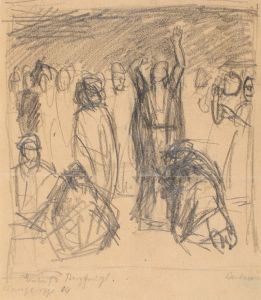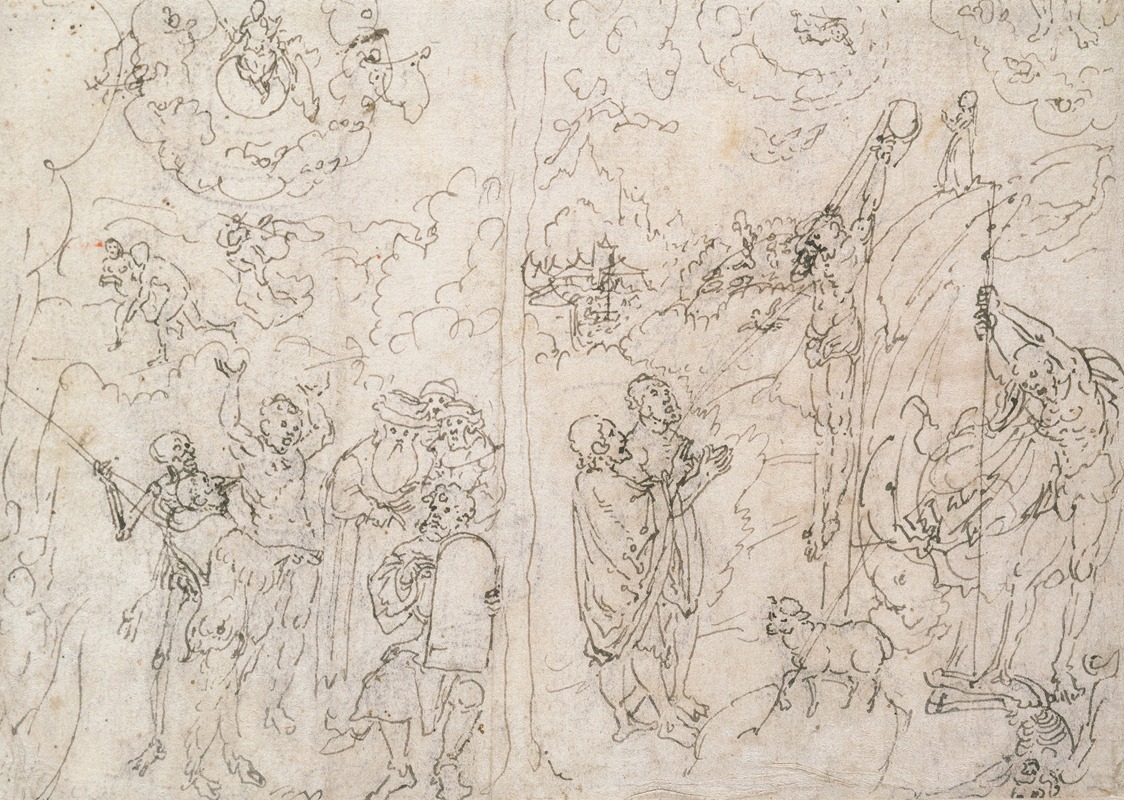
Law and gospel
A hand-painted replica of Lucas Cranach the Elder’s masterpiece Law and gospel, meticulously crafted by professional artists to capture the true essence of the original. Each piece is created with museum-quality canvas and rare mineral pigments, carefully painted by experienced artists with delicate brushstrokes and rich, layered colors to perfectly recreate the texture of the original artwork. Unlike machine-printed reproductions, this hand-painted version brings the painting to life, infused with the artist’s emotions and skill in every stroke. Whether for personal collection or home decoration, it instantly elevates the artistic atmosphere of any space.
"Law and Gospel" (also known as "Law and Grace") is a seminal work by Lucas Cranach the Elder, a prominent German Renaissance painter and printmaker. Created around 1529, this painting is one of Cranach's most famous works and is notable for its role in the Protestant Reformation, reflecting the theological debates of the time.
Lucas Cranach the Elder was a close friend of Martin Luther, the seminal figure of the Reformation, and Cranach's art often reflected Lutheran themes. "Law and Gospel" is a visual representation of Lutheran theology, contrasting the Old Testament law with the New Testament gospel. This painting is a didactic piece, intended to convey complex theological ideas in a manner that could be easily understood by the layperson.
The painting is divided into two distinct halves, each illustrating different theological concepts. On the left side, the "Law" side, the imagery depicts the consequences of sin and the inability of the law to bring salvation. This side includes scenes such as Moses receiving the Ten Commandments and a depiction of the Last Judgment, where sinners are being cast into hell. The law is shown as a force that reveals sin but cannot redeem humanity from it.
In contrast, the right side of the painting, the "Gospel" side, illustrates the grace and salvation offered through Jesus Christ. This side features scenes from the New Testament, such as the Annunciation, the Crucifixion, and the Resurrection. It emphasizes the idea that faith in Christ, rather than adherence to the law, is the path to salvation. The central figure of Christ on the cross is a focal point, symbolizing the sacrifice that brings redemption.
Cranach's use of vivid imagery and clear dichotomy between the two sides of the painting serves to communicate the core Lutheran belief that salvation is achieved through faith alone, a principle known as "sola fide." This work was instrumental in spreading Lutheran ideas, as it provided a visual summary of the theological arguments that were central to the Reformation.
"Law and Gospel" was not a singular work but rather a theme Cranach revisited multiple times, producing several versions of the painting. These versions were widely distributed and played a significant role in educating the public about Lutheran doctrines. The paintings were often used as teaching tools in churches and homes, making complex theological concepts accessible to a broader audience.
The painting is characterized by Cranach's distinctive style, which combines elements of Gothic and Renaissance art. His use of color, composition, and symbolism effectively conveys the intended message, making "Law and Gospel" a powerful piece of religious art.
Today, various versions of "Law and Gospel" can be found in museums and collections around the world, including the National Gallery in Prague and the Lutherhaus in Wittenberg. These works continue to be studied for their artistic merit and historical significance, offering insight into the religious and cultural transformations of the 16th century.





